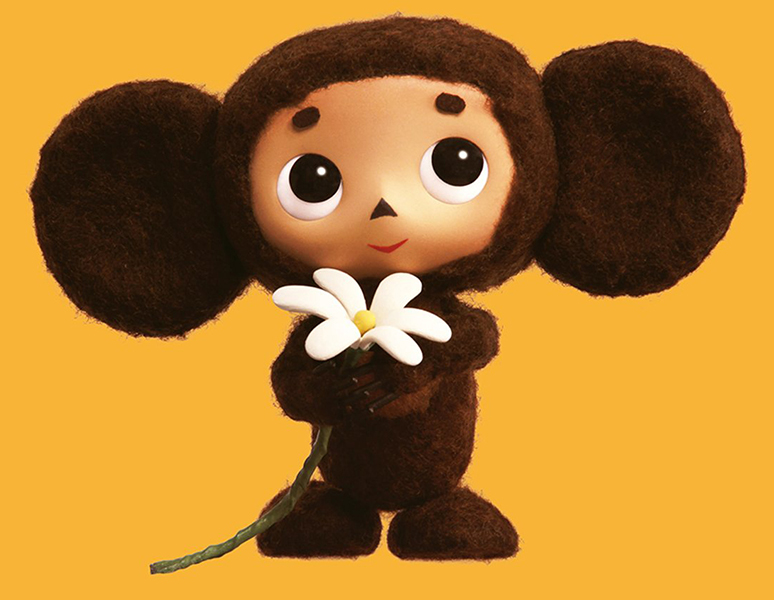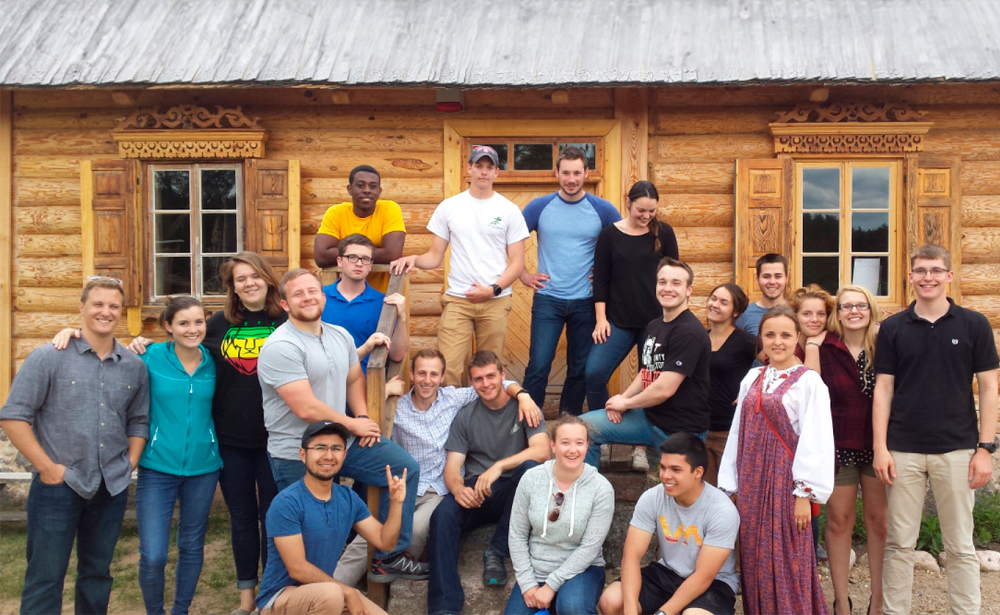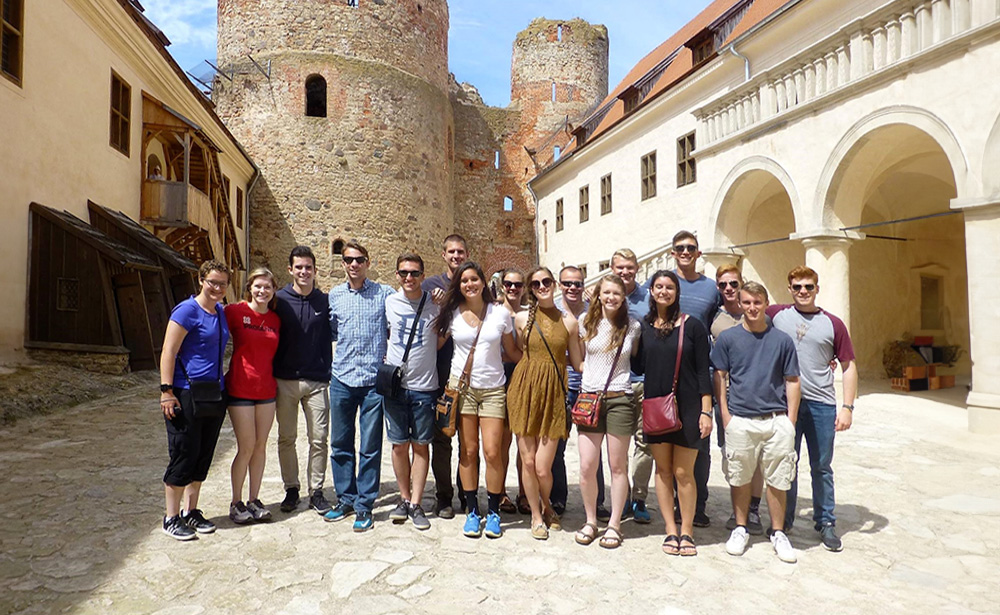Cheburashka
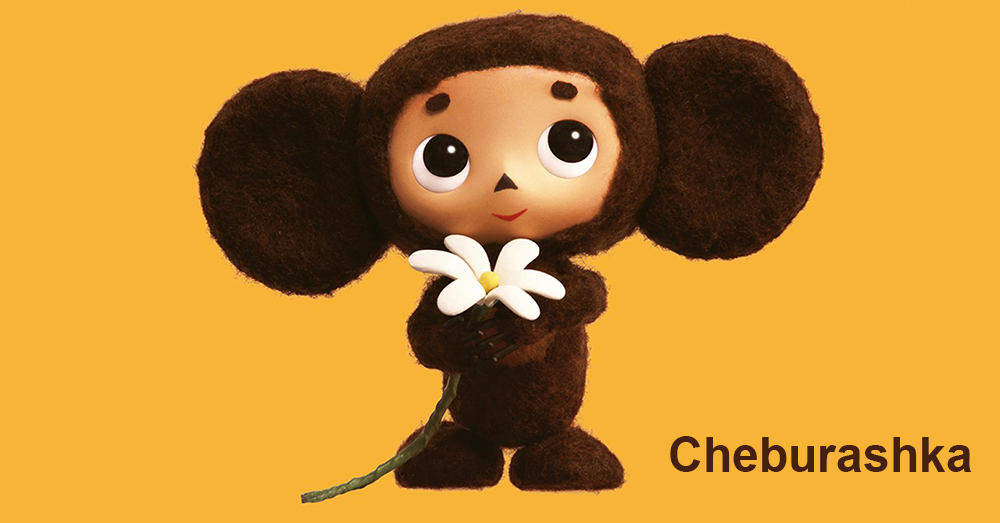
Cheburashka is a famous character of a Soviet carton “Cheburashka and Gena the Crocodile”. Eduard Uspensky, Russian writer, made up Cheburashka in 1966. Later, thanks to the cartoon based on the book, this character became extremely famous in Russia and around the world.
If you ever celebrated your birthday with your Russian friends, you most probably know the song by Gena the Crocodile “Пусть бегут неуклюже…” (Poost’ bee-GOOT nee-ook-LYOO-zhe). Most Russian people have known this song since their early childhood, as when they were kids they used to listen and sing this song on their birthdays.
Another song from this cartoon which is also extremely popular and well-known is “Голубой Вагон” (“Blue Carriage”).
Who is Gena the Crocodile?
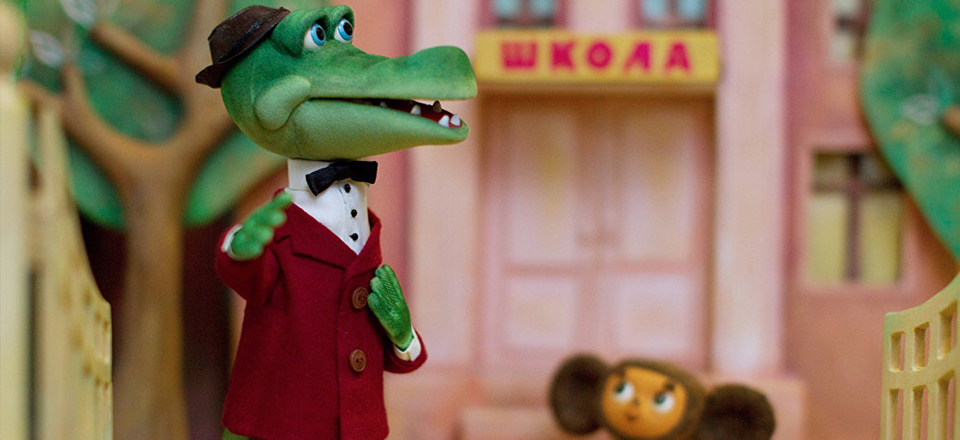
Krokodil Gena [kra-ka-DEEL GYE-na] (Gena the Crocodile) is a friend of Cheburashka and a character from the book “Gena the Crocodile and His Friends” by Eduard Uspensky “which was published in 1966. Three years later, in 1969, the Soyzmultfilm studio created a cartoon “Gena the Crocodile” based on this book.
Since then, Gena the Crocodile and his little friend Cheburashka captured hearts of all children, young people and adults. This story still remains one of the most popular children’s stories.
What animal does Cheburashka remind of?
The author mentions that Cheburashka [chee-boo-RASH-ka] was a toy made at a factory. However, it was of a very low quality, so it was really impossible to say whether it was a rabbit, a dog, a monkey, or a kangaroo. Despite its unknown personality, everybody finds it cute and charming, and its new friends really love it.
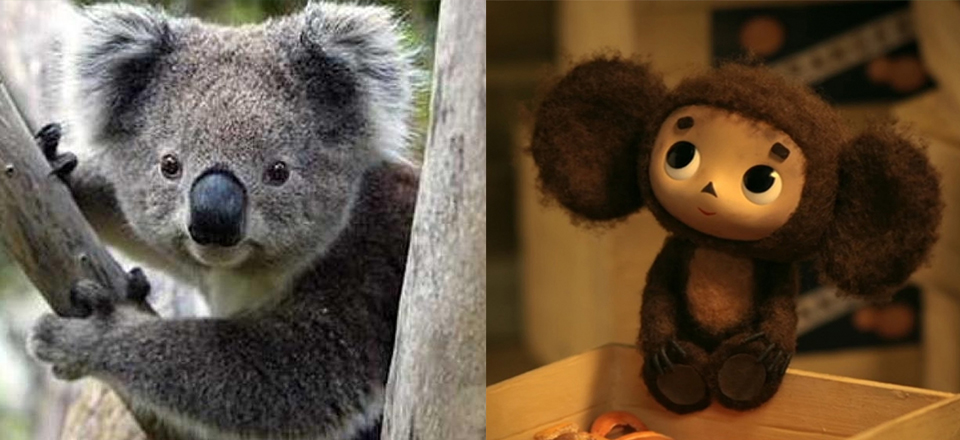
The tale about Gena the Crocodile and Cheburashka
So, let’s cut a long story short: when Gena the Crocodile and Cheburashka met, they put advertisements that they were looking for new friends. But the Old Lady Shapoklyak [sta-ROO-ha sha-pak-LYAK] (old lady Shapoklyak) who always carries a small pet rat Lariska [KRIS-ka la-REES-ka] (rat Lariska) in her purse, always tries to stand on their way and mistreats them.
It might be interesting to know that in a small Russian city of Ramenskoye there is a monument for Gena the Crocodile, Cheburashka, Old Lady Shapoklyak, and rat Lariska. They look the same as the cartoon characters. In Russian and Ukraine there are other monuments for our favorite characters.
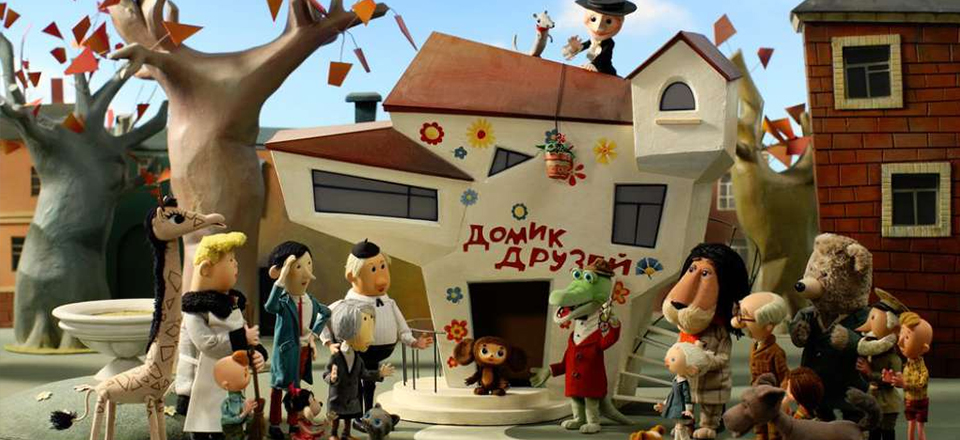
Despite the fact that both the book and the cartoon belong to the Soviet time, they still attract the attention of modern children and are popular with them. Therefore, we strongly recommend you to read this book or to watch the cartoon so you can enjoy its atmosphere!
You may be interested
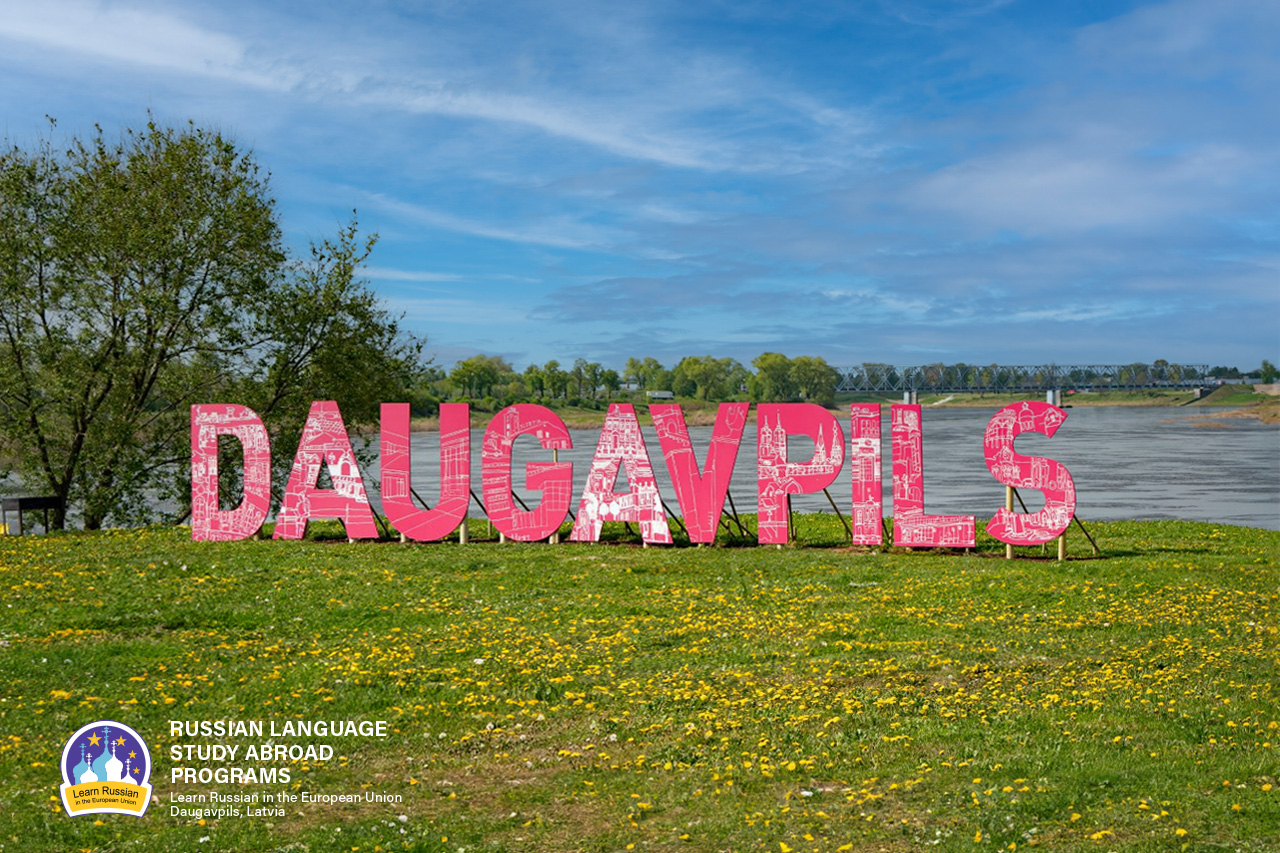
Why do people speak Russian in Daugavpils?
As it seems to us, Daugavpils is the best place to learn Russian now, because our city is situated in the EU and NATO, but at the same time 90% of the city’s population speak Russian at home.
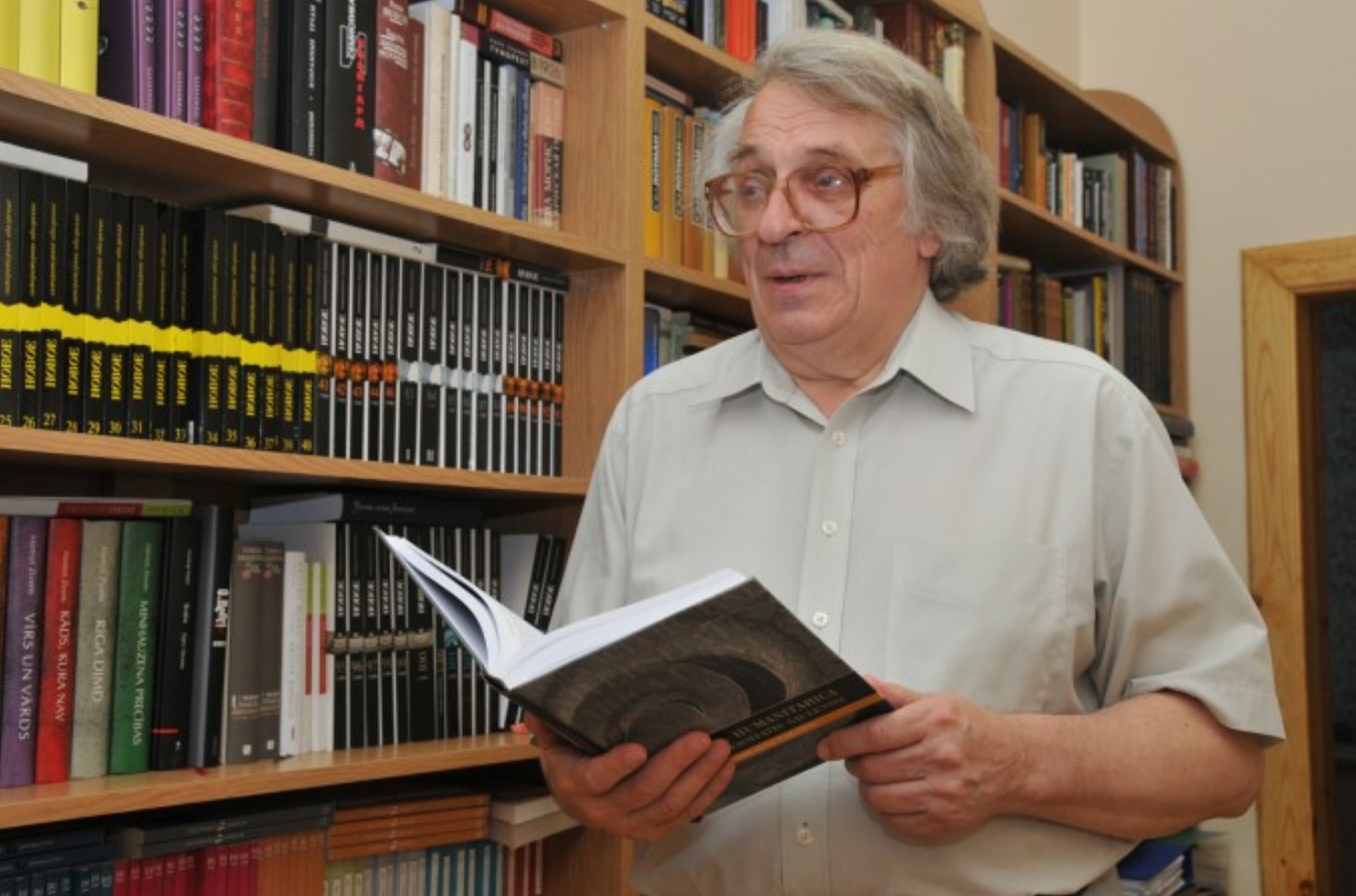
ЭТЮД О ДВИНСКЕ
Etude on Dvinsk by F.Fedorov
The Baltic region is one of the most catastrophe prone regions of the 2nd millennium, especially its second part; it is the centre of attraction of ‘geopolitical’ interests of the European world. Probably the most tragic fate has befallen to the eastern part of the present Latvia and its multi-titled town of Dinaburg – Dvinsk – Daugavpils. During its 730 years long history, the town went through five rather autonomous periods of development, five different lives (German, Polish, Russian, Latvian, Soviet), and at the beginning of the 1990s it entered into the 6th period.
The history of Dinaburg – Dvinsk – Daugavpils is the history of five attempts by the town to begin its life anew; and this is determined not only by the fact that the town was four times burned down and had to start life from scratch, but first and foremost because each of these periods was characterized by a total change of ethnos and the socio-cultural field.
The present article deals with the cultural space of the town in one of the most efficient periods of its development – from the 1860s till World War I.


